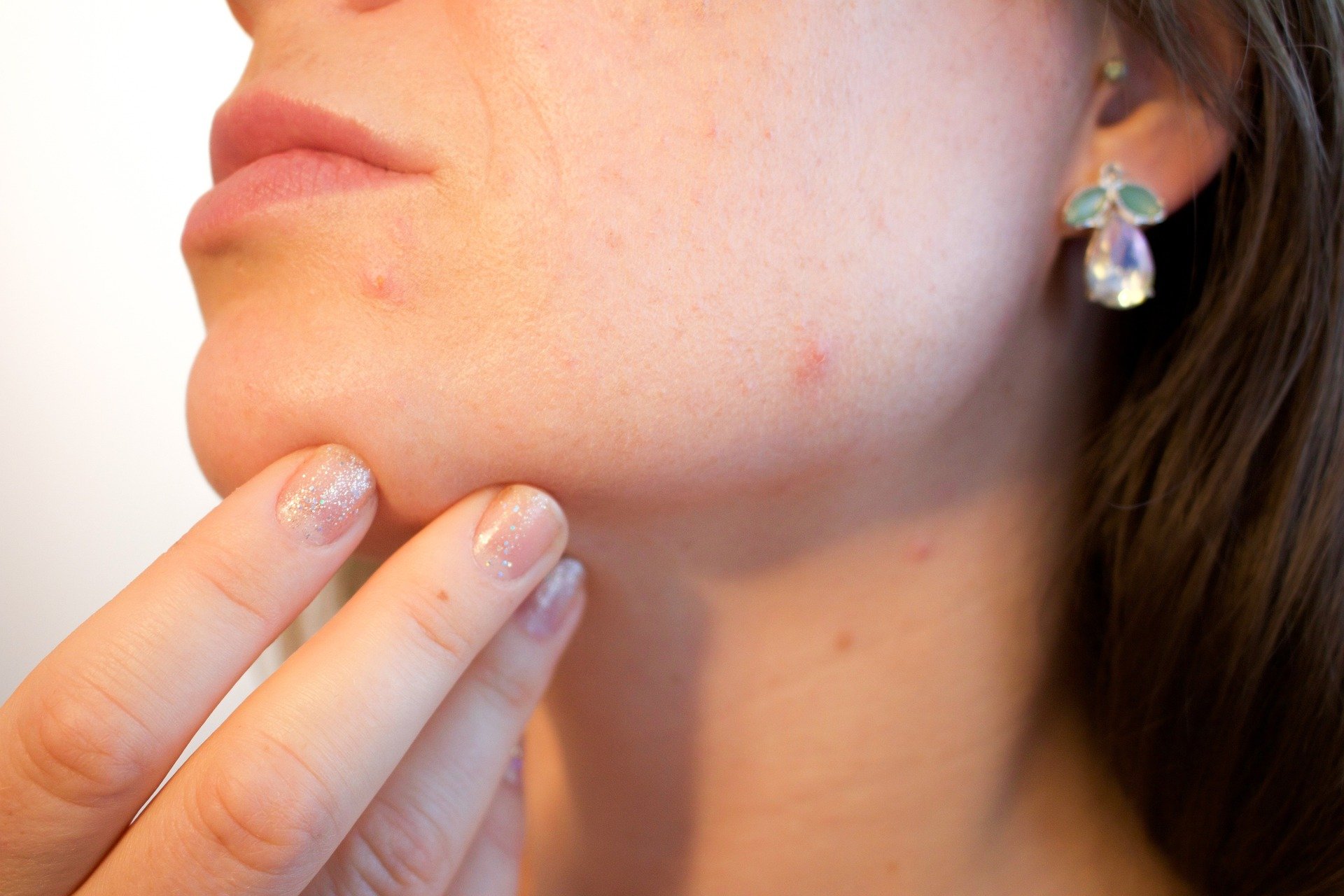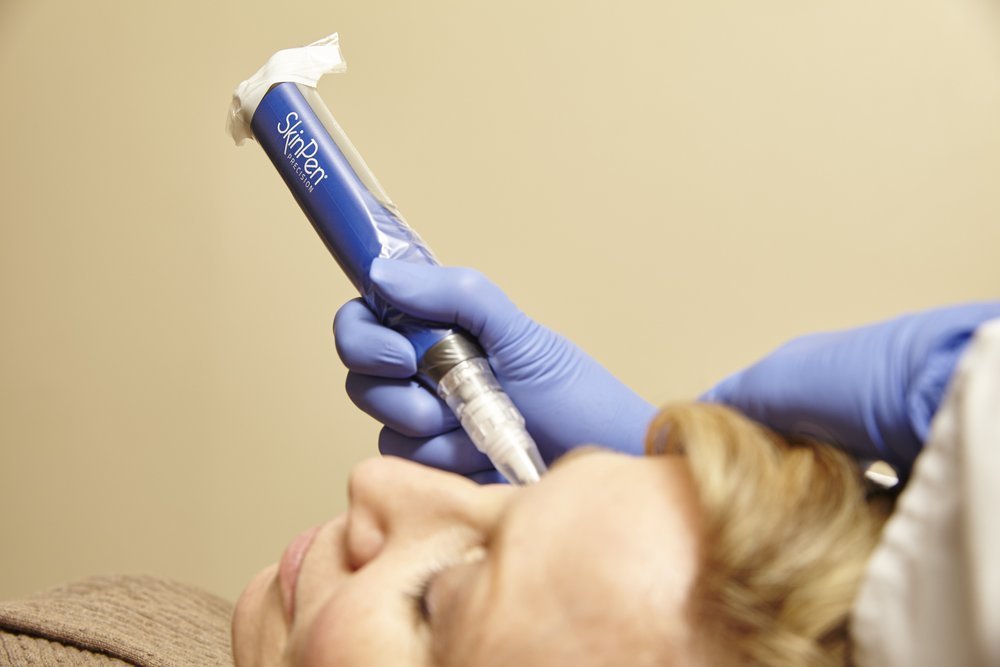How Microneedling Improves Acne Scars
Acne scars are a common concern for many people, particularly those who have experienced severe acne or who have picked at their acne. Acne scars can take many forms, including depressed or raised scars, dark spots, and hyperpigmentation. These scars can be frustrating and can affect your self-confidence, making it difficult to feel comfortable in your own skin.
Fortunately, there are many treatments available to improve the appearance of acne scars. These treatments range from topical creams and serums to more invasive procedures like laser therapy and dermal fillers. One treatment that has gained popularity in recent years is microneedling.
What is Microneedling?
Microneedling is a minimally invasive cosmetic treatment that involves puncturing the skin with tiny needles to stimulate collagen production. Collagen is a protein that provides structure to your skin and helps it to heal. Microneedling is typically performed using a device called a dermaroller or a dermapen, which contains many the needles that puncture the skin as it is passed over the treatment area.
Acne scars form when the skin is damaged, and the body produces too little or too much collagen during the healing process. Microneedling works to improve the appearance of acne scars by stimulating collagen production and breaking up scar tissue. During the microneedling procedure, the tiny needles create micro-injuries in the skin. These micro-injuries trigger the body's natural healing process, which includes the production of new collagen. As the skin heals, the new collagen helps to fill in the scars, making them less visible.
In addition to stimulating collagen production, microneedling also helps to break up scar tissue. Scar tissue is made up of collagen fibers that are arranged in a different pattern than normal skin. By puncturing the scar tissue with tiny needles, microneedling helps to break up the collagen fibers and reorganize them in a more normal pattern.
What to Expect During a Microneedling Treatment
Before the microneedling treatment, your skin will be cleaned, and a topical numbing cream may be applied to reduce any discomfort. During the treatment, the dermaroller or dermapen will be passed over the treatment area several times. You may feel some mild discomfort, but most people find the treatment to be tolerable.
After the treatment, your skin may be red and slightly swollen, similar to a mild sunburn. You may also experience some mild peeling or flaking as the skin heals. It's essential to avoid direct sunlight and wear sunscreen after the treatment to protect your skin.
The number of microneedling treatments needed to see results depends on the severity of the acne scars and your skin's response to the treatment. Most people see some improvement after the first treatment, but a series of treatments is usually recommended for optimal results. Typically, a series of three to six treatments is recommended, spaced four to six weeks apart.
In sum, Microneedling is an effective treatment for improving the appearance of acne scars. By stimulating collagen production and breaking up scar tissue, microneedling can help to fill in scars and make them less visible. If you're considering microneedling for acne scars, be sure to talk to a qualified skincare professional to determine if it's the right treatment for you. If you’re in the Bay Area, consider talking to one of our local experts.
Idyllic Aesthetics is a leading San Francisco provider of non-surgical aesthetic procedures. Learn what services are best for you here or see our full range of procedures here.


